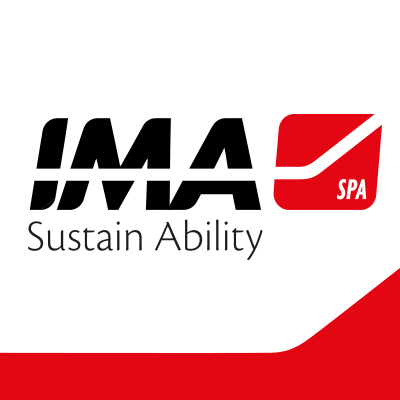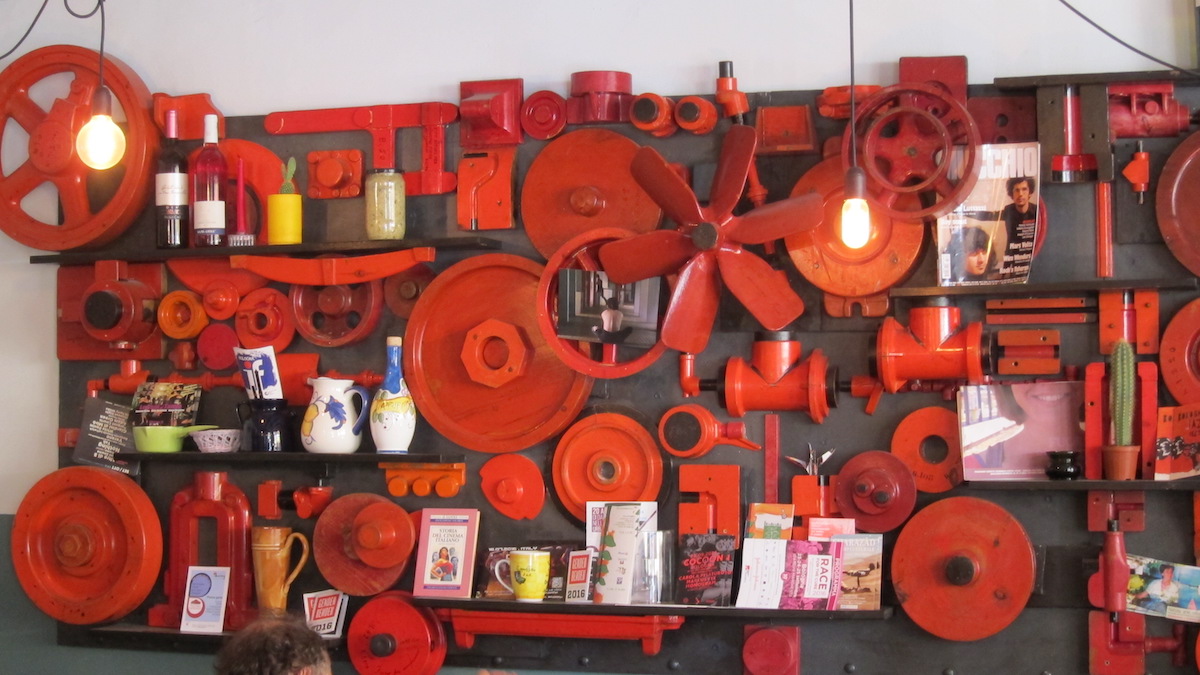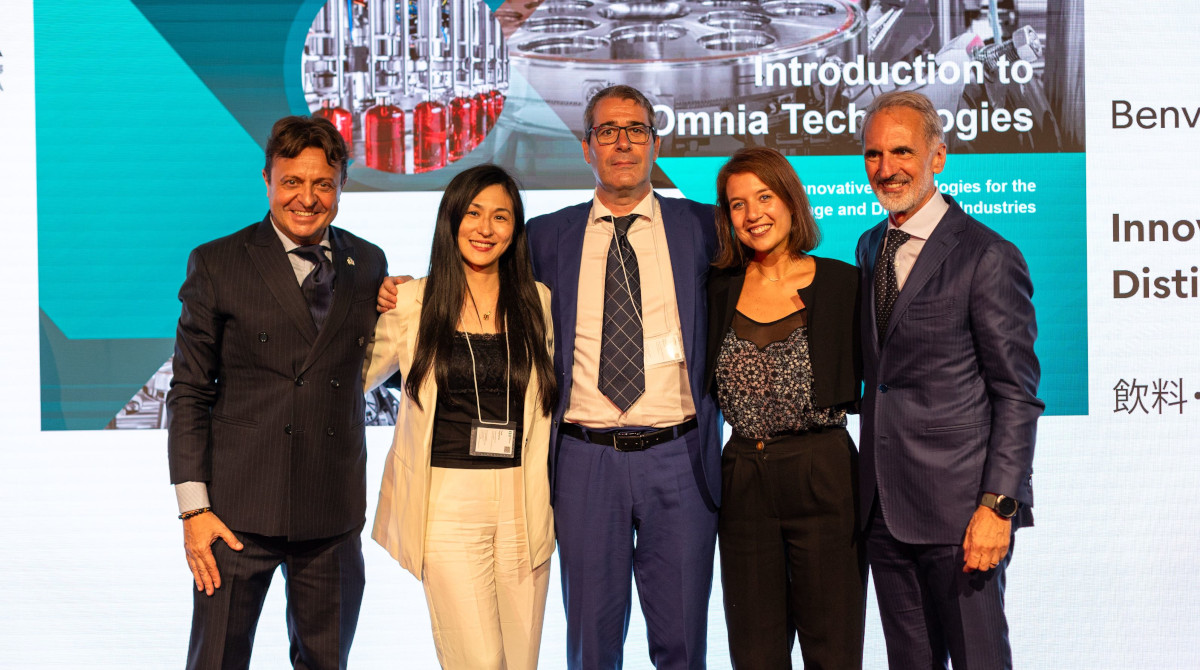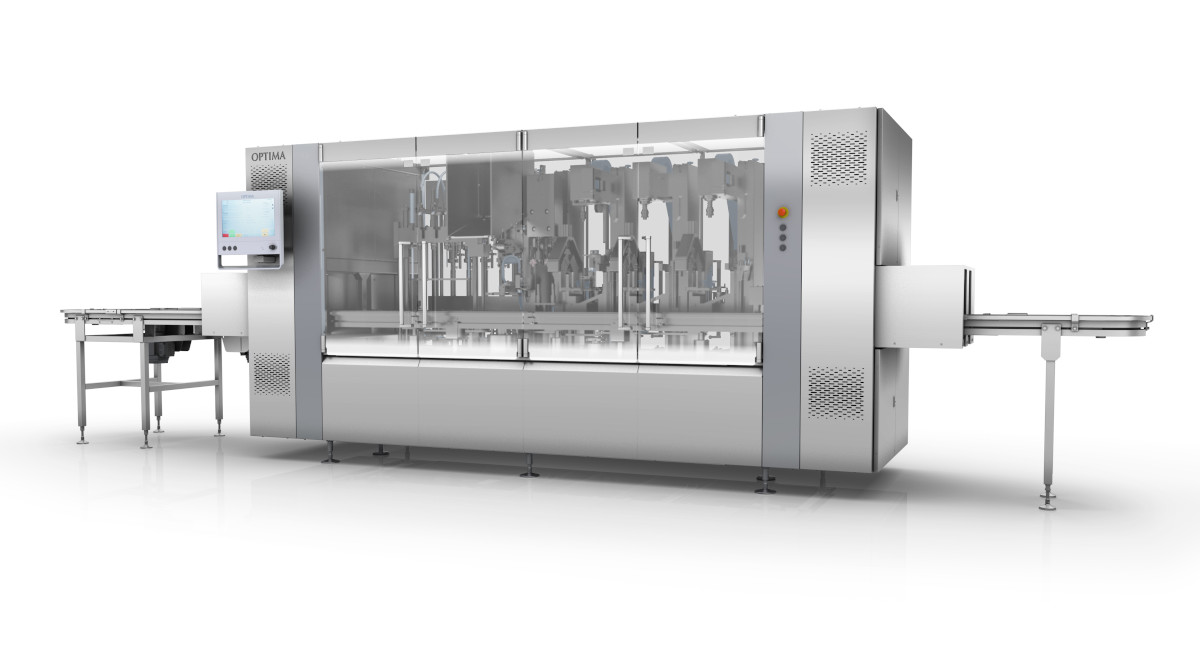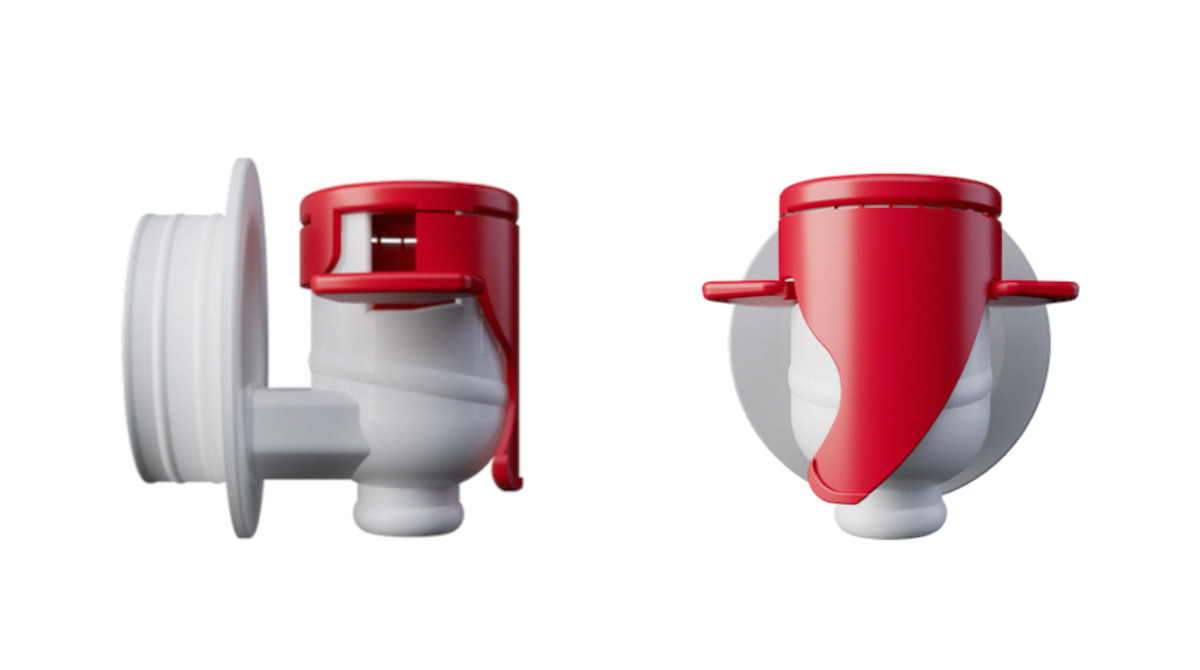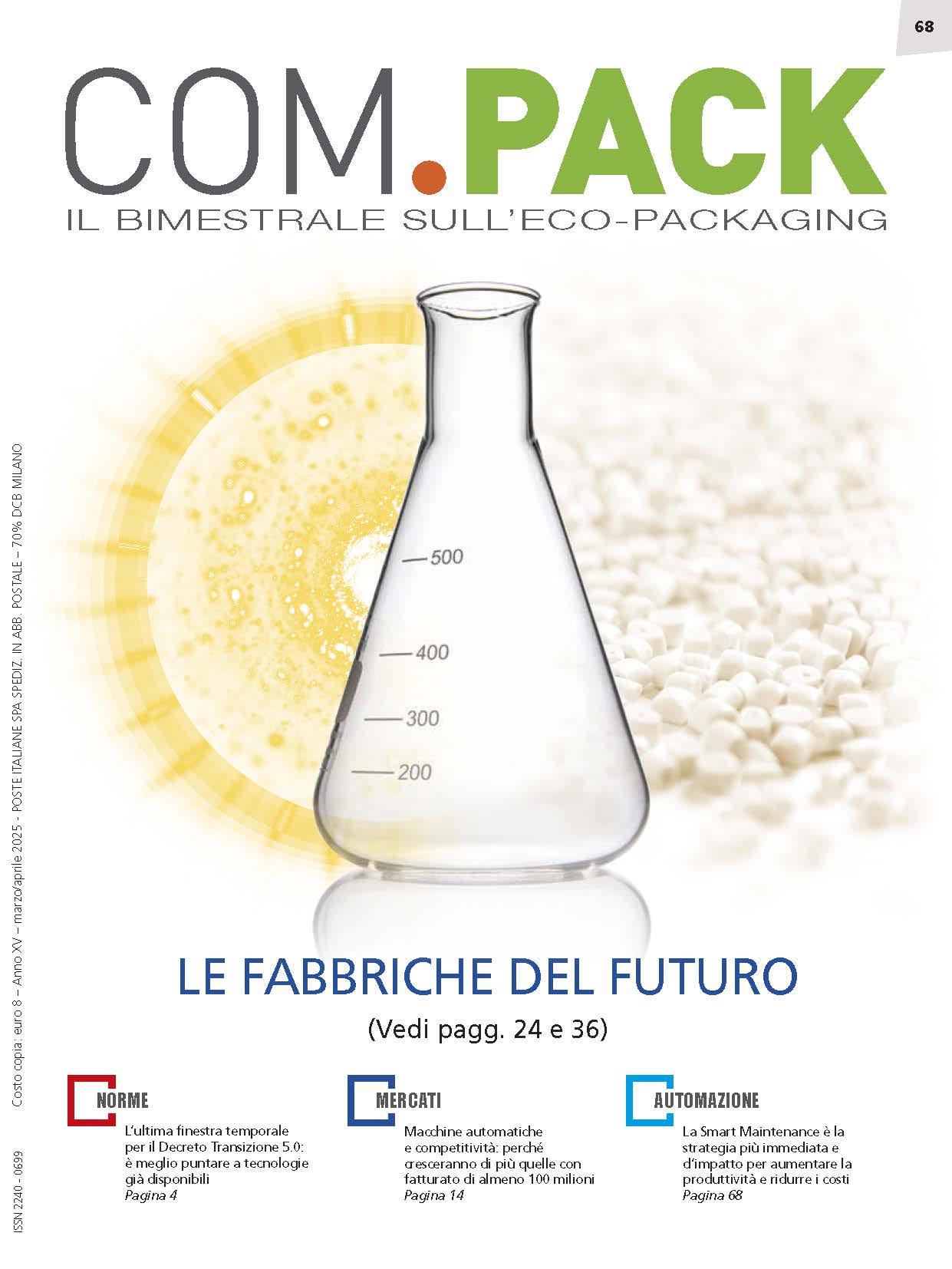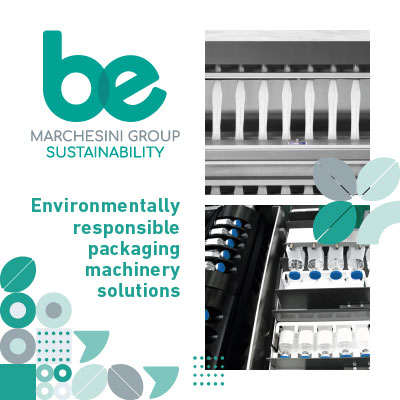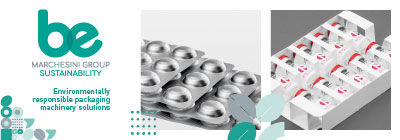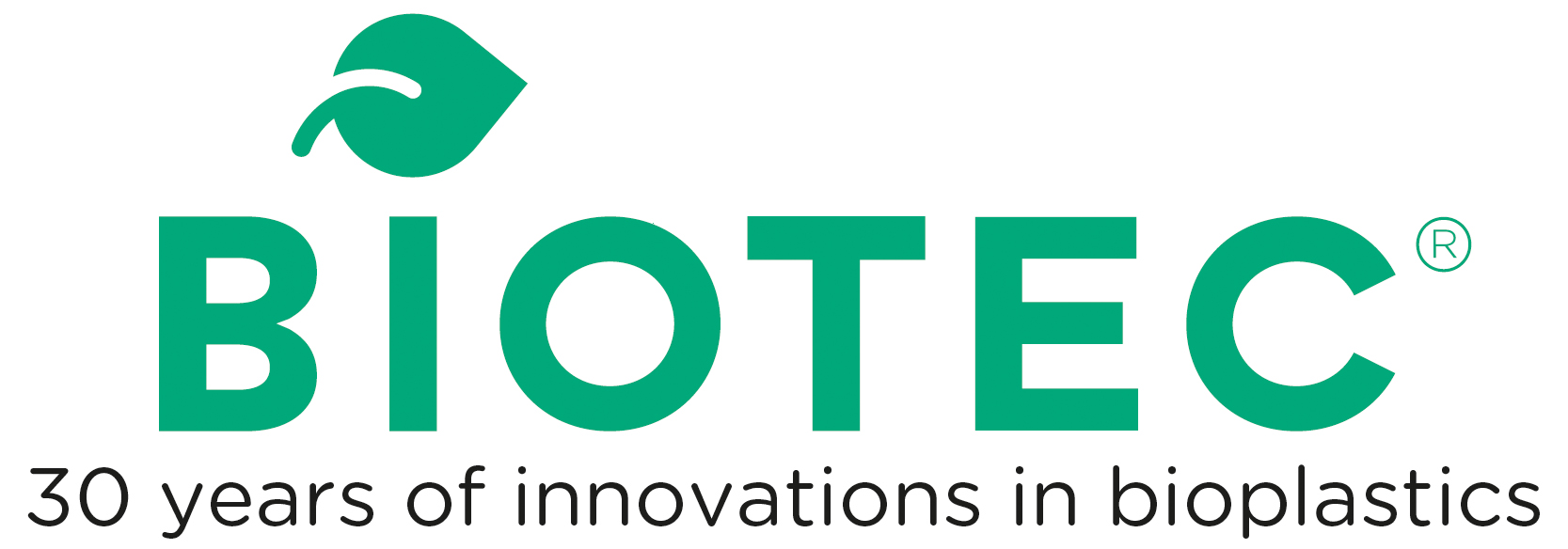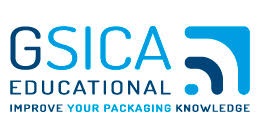Long time ago (before the WWII), maintenance routines were very simple. Basically, fixing when it breaks. A relationship with a supplier, in this case, wasn’t that hard, based basically on spot transactions. Over the time, things changed. Equipment got more complex, companies an ever-increasing need for productivity and, on top of everything, costs reductions. The relationship with most of the suppliers regarding maintenance got, somehow, stuck in time.
Despite all the new technologies available nowadays, most of the maintenance guides and routines proposed by the suppliers, when we buy new machines, are still set on time base preventive routines. As I explained on a previous article, especially in terms of costs, time based preventive routines are not much worse than fixing when it breaks. Despite making sense replacing some parts before its nominal lifetime is reached, several studies show that the majority of the spare parts replaced in time based PMs do not show signs of wear that justified the replacement. More than that, they do not avoid breakdowns either. Guess who pays the bill? The cost of this inefficiency goes to the clients. The biggest problem here is that current maintenance budgets cannot afford that anymore.
There’s a process that needs to be followed to achieve optimal results, independent of being internal or outsourced. Trying to summarize, it should include:
New projects
- Analysis of new equipment (while still in project)
- Reliability of the components
- Standardization of spare parts
- Sensors required for on-line CBM and predictive routines
- Preventive routines
- Follow-up of installation and commissioning of the new equipment (which must use precision engineering)
Maintenance Engineering and Routines definitions
- Alignment with the corporate maintenance strategies
- Critically ranking
- Predictive, Preventive, Corrective and Lubrication routines definition
- Critical spare parts definition
- Equipment history
- Reliability and FMEA studies
- Risk analysis
- New vendor development
- Application of SMED methodology on maintenance routines
- Testing
- Training
- Analysis of the machine monitoring
Planning & Scheduling
- Maintenance Cost Structure
- Year and monthly planning (master schedule)
- Overhauls
- Resources analysis
- Detailed scheduling with activities to be executed, knowledge/certification to do thejob, time required, tools needed, spare parts to replace, safety equipment to be used and so on
- Work orders
- Follow-ups and improvements for the next service
CBM
- Predictive routes and equipment monitoring and trends
- Sensors analysis
- Oil analysis
- Production losses
- Fault prevention
Execution of the maintenance routines
- Work assignment and execution
- Short Interval Control of the execution
- War room (in case of major activities)
- On the job training and coaching
- Follow-up
- Analysis of eventual deviations
- Process & Controls Audits
Root cause analysis
Results and budget control
- KPIs and leading indicators
- Weekly follow-up routines
- Daily follow-ups
- Improvement opportunities
- Reporting
Several of those activities can be outsourced, but that’s only a small part of the issue. As we can see, the goal, for me, is not to maintain the equipment in their original condition, instead to optimize its results (especially avoiding/minimizing breakdowns). If we have a part that is constantly failing, it does not matter if this is an OEM part, it needs to be replaced by something else more reliable (with different design or material) improving the asset lifespan. In this point, clients and suppliers start to have different goals. Suppliers tend to want to keep their equipment the way they originally designed it and, in the other side, more and more, clients want results.
Also, keeping the time-based preventive routines means business for the suppliers. They sell spare parts and services. The more needed, more business. Huge budget cuts and the need for improving efficiency pushes clients in other direction.
I believe a new way of partnership is needed to align clients and suppliers to a common set of goals. Two of the key elements in this alignment should be equipment performance and costs. Where performance should either be OEE or total packages produced.
 (by Eduardo Schumann, Improving efficiency consultant)
(by Eduardo Schumann, Improving efficiency consultant)





